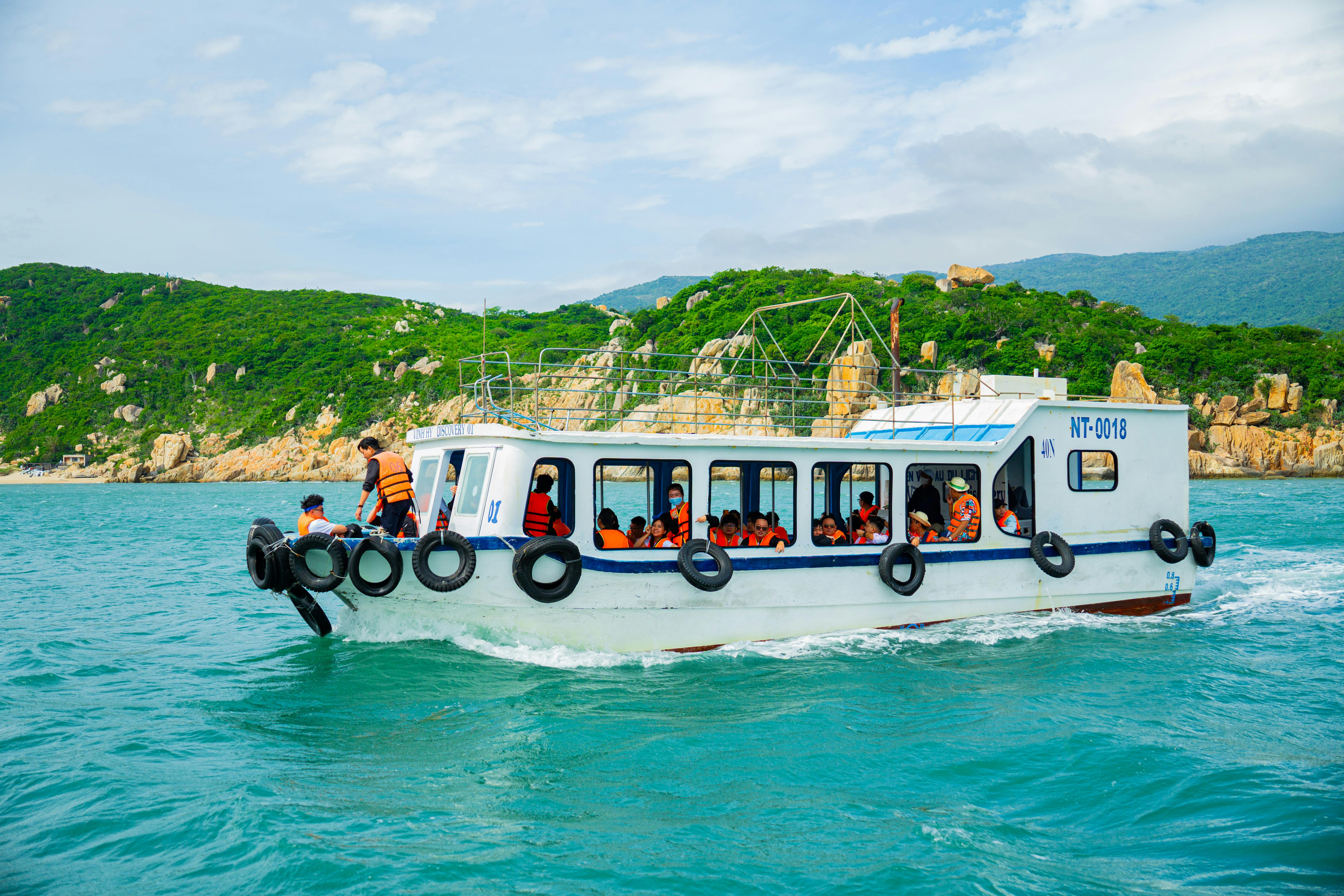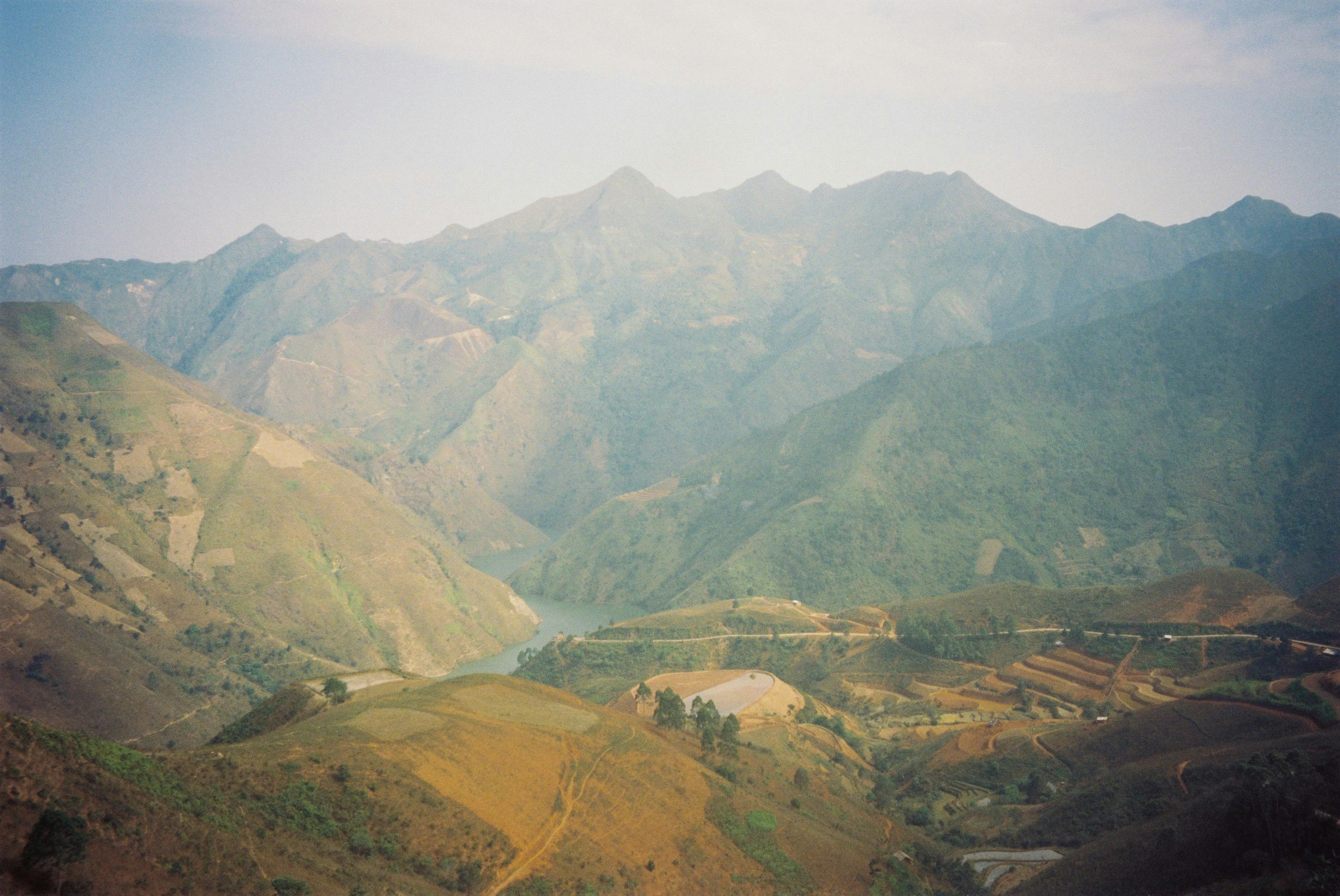Vietnam Adventure Tourism: Top Strategies for Unforgettable Landscape Experiences
Back when my boots first hit Vietnam’s rugged northern highlands—clattering across ancient stone, inhaling mist, thinking that adventure in Southeast Asia was all vivid color and gentle hills—I had absolutely no idea how much this country would upend my expectations about natural beauty and raw adrenaline. Honestly, I thought I’d “seen it all” after a decade guiding trips through the Himalayas, Andes, and New Zealand. What I hadn’t seen: the ways local guides in Vietnam weave together wild terrain with immersive storytelling, blending cultural authenticity and pure thrill into something totally fresh.1
Here’s what gets me now, after fifteen years and at least a hundred field interviews: Vietnam’s adventure tourism isn’t just about the landscapes themselves—although those are mind-blowing—it’s about how you’re invited to experience them. The art lies in blending sensory-rich moments, seasonal planning, local insider advice, and sustainable practices that keep travelers safe while making every trek, paddle, or ascent feel like a once-in-a-lifetime discovery. I’ll be honest: my own approach to trip design changed after watching Vietnamese guides improvise routes, adapt to weather shifts, and draw travelers into local legends.2
Overview: Why Vietnam Excels at Adventure Tourism
Ever wondered why Vietnam keeps climbing the global rankings for adventure tourism, especially among landscape explorers? In my experience, it’s not just the biodiversity or the sheer diversity of terrains—although you absolutely get all that, from emerald rice terraces to surreal limestone karsts—it’s the culture of adaptability and the “come and try it” spirit omnipresent in local travel operators. According to the Vietnam National Administration of Tourism, the country saw a 27% increase in adventure seekers in 2023, mostly from Europe and Australia, looking for off-the-beaten-track experiences.3
What strikes most travelers isn’t just the physical beauty, but the variety and scale of adventures: jungle trekking, sea kayaking, cave exploring, mountain biking, culturally immersive hikes, and waterfall rappelling. And the kicker? Many of these activities unfold in places only accessible through a mix of community partnerships and carefully managed conservation zones. What I should mention up front: Vietnam’s adventure tourism is still evolving, and there are real discussions around safety and sustainability, which I’m going to unpack authentically throughout this guide.
Key Insight: Layered Adventure Experiences
Vietnam’s strategic advantage lies in offering layered adventure experiences—combining natural wonders, cultural encounters, and local food traditions—making every day on the road feel different. What truly matters here is connection: to place, to people, and to the stories that turn a mere view into a lifelong memory.
Core Strategies for Landscape-Focused Adventure
Let me step back for a moment: Strategy is probably the wrong word, at least in the dry, academic sense. What Vietnamese adventure brands actually do is blend five interconnected approaches—and, yes, I’m talking about practical tactics you can use whether you’re a solo backpacker or an executive designing group expeditions.
- Locational Diversity: Curate regions with distinct landscapes, from Ha Giang’s high passes to Phong Nha’s cave systems.
- Local Expertise: Empower guides who know seasonal risks and hidden routes; they’ll change your trip from “a hike” to “a revelation.”
- Cultural Integration: Tie every day’s adventure to traditional foods, festivals, or handicrafts, so experiences feel grounded and memorable.4
- Safety-First Design: Build itineraries around weather, terrain, and health access—no shortcuts, no glossing over risk.
- Sustainability Commitment: Respect environment and minimize impact, partnering with local NGOs and community leaders.
From my perspective, these strategies work because they’re tried, tested, and constantly adjusted based on traveler feedback. I remember leading a trek across the Marble Mountains—our original plan was way too ambitious for the humidity, so our local guide rerouted on the fly, instead leading us to a centuries-old pagoda via a shaded path lined with birdsong. That, right there, is what separates Vietnam’s adventure tourism from more “packaged” destinations: flexibility married to expertise, with authentic cultural context.
Unforgettable Natural Landscapes and Experiences
What continues to amaze me year after year? The way Vietnam crams such radically different landscapes into such a slim S-shaped frame on the map. Take the north: you’ve got Ha Giang’s poly-chrome mountain passes—mist swirling around karst outcrops and indigo rice terraces, local H’mong guides cracking jokes in four languages. There’s something uniquely humbling about hiking through Sapa, sharing tea with villagers, then seeing morning sunlight flood through bamboo groves.6
Moving south, you hit Phong Nha-Ke Bang National Park, a UNESCO World Heritage Site world-famous not just for Son Doong Cave but also for hundreds of other caves, many only recently mapped. I’ve lost track of how many times I’ve been asked if cave trekking is “worth it”—the honest answer is yes, but only with proper safety gear and local expertise; several groups have turned back during unexpected floods, and more than a few had to be rescued after going off-book.7
“Adventure is not the landscape itself, but the challenge of moving through it with curiosity and respect.”
Meanwhile, the Central Highlands present pine forests and tribal villages where you can mountain bike past waterfalls, picnic alongside wild elephants, or wander into misty valleys that look like something out of a Miyazaki film. It’s easy to see why creative travel agencies now offer multi-day “immersion packs”—morning rope climbs, afternoons swimming in crater lakes, evenings sipping pungent local coffee.8
Key Insight: Diversity of Adventure Options
- Jungle treks in Cuc Phuong National Park (budget-friendly, accessible for most fitness levels)
- Sea kayaking through Ha Long Bay’s limestone arches (peak season: late spring/early summer)
- Caving expeditions in Quang Binh (requires booking months in advance)
- Mountain biking in Lak Lake region (best post-monsoon season)
- Waterfall rappelling near Dalat (local guides critical for safety)
My tip: Always ask guides about alternative trails or hidden spots. I once ended up swimming in a “secret lagoon” in Ba Be National Park just because a local fisherman mentioned it off-hand. Best surprise all year, easily.
Planning, Safety, & Seasonal Advice
Planning is where many new travelers fumble—either underestimating the seasonal heat or overestimating how “easy” the terrain is. Actually, let me clarify: The physical challenge is usually manageable, but the weather, humidity, and sudden downpours can disrupt even well-laid plans. Vietnam’s climate varies wildly by region, and guides regularly change routes based on rain patterns. Those of us who ignore monsoon schedules find ourselves, quite literally, swimming where we meant to hike.
- Peak Adventure Season: October to April in the north; December to May in the south. Avoid major festivals unless you want big crowds!
- Monsoon Timing: June to September brings heavy rains, mudslides in mountainous regions; stick to coastal adventures during this window.
- Permits & Access: Protected zones (e.g., Phong Nha caves, Cuc Phuong jungle) require special permits—ask local operators for help.
Safety? That’s where local wisdom shines. In my early days, I ignored a guide’s warning about a slippery gorge and slid—luckily, not too far—into a pocket of wild ginger. Nowadays, I always let locals determine pace and risk. Some top agencies provide emergency response training and satellite tracking; I recommend exploring with teams linked to the Vietnam National Parks Service or in partnership with international safety councils.9
Planning Checklist
- Consult local operators well ahead of travel; book licensed guides at least a month out for popular routes.
- Pack for variable conditions (layered clothing, rain gear, insect repellent).
- Double-check safety protocols and insurance coverage; confirm rescue logistics before remote treks.
Bonus: Download Vietnamese weather apps. Some remote regions respond better to local forecasts than generic international ones.
Connecting with Local Guides & Community
Anyone who’s really traveled Vietnam knows this: You can absolutely explore on your own, but your best memories will be those you share with local guides or village hosts. Story after story from real travelers—including my own groups—confirms this. Local guides don’t just show you the way; they share songs, survival tips, and inside stories that make every morning on the trail or every evening around a campfire a revelation.10
| Region | Adventure Type | Average Cost (USD) | Guide/Community Role |
|---|---|---|---|
| Ha Giang | Mountain Trekking | $200-$400/week | Local navigation, cultural storytelling |
| Phong Nha | Caving Expeditions | $500-$1200/week | Safety, geology expertise, wildlife education |
| Central Highlands | Mountain Biking | $150-$280/week | Trail coaching, tribal cultural immersion |
| Dalat | Waterfall Rappelling | $60-$120/day | Technical oversight, emergency safety |

Sustainable Adventure: Environment & Ethics
On second thought, before I jump into sustainability, let me clarify: The word means different things depending on whom you ask—a western environmental NGO, a Vietnamese community council, or an independent operator. The best providers in Vietnam don’t just “go green,” they actively work to build community partnerships and maintain ecological balance. These days, no adventure trip is truly successful unless it’s leaving the landscape better than it found it, or at the very least, avoiding any harm.11
Sustainability Success Markers
- Operator partnerships with local ecological groups
- Waste reduction and “carry-in/carry-out” mandates on all trips
- Active wildlife monitoring and reporting during cave and jungle treks
- Traveler education around indigenous plant species
Looking ahead, the government’s Responsible Tourism Initiative (launched 2021) continues pushing partnership models. Recent statistics show that over 65% of adventure visitors now prefer booking sustainable packages, and there’s a direct correlation between eco-friendly trip rating and traveler satisfaction.12
“We want every international guest to see not only our wild mountains but also the care our communities take to preserve them for the next generation.”
Access matters, too: I used to think you could just “show up” anywhere in Vietnam. Actually, local knowledge is what ensures vulnerable regions like Son Doong or Ba Be aren’t overwhelmed. Today, regulated routes, mandatory training for guides, and hard visitor caps protect these landscapes from damage. On multiple trips, I saw firsthand how the best adventure tourism suppliers train local youth—skilling them up as future guides while maintaining strict conservation discipline.
Case Studies: Trip Success Stories & Lessons Learned
Last spring, a group of Canadian mountain bikers partnered with Thai minority guides for a two-week Central Highlands tour. Their itinerary changed twice due to unseasonal flood warnings and the discovery of nesting sites for endangered langurs. Instead of pushing forward, they rerouted with local council permission—leading to a day-long hands-on conservation “camp” and impromptu cultural exchange. Their trip report cited “unexpected connection with local traditions and landscape,” and several returned to volunteer for wildlife tracking.
“Nothing prepares you for the emotional impact of waking with the sun over rice terraces, then sharing a bowl of pho with the guide who showed you a hidden waterfall the day before.”
Meanwhile, I’ve seen less successful trips—groups trying to blaze their own trails, ignoring local advice, ending up stranded or even fined for violating conservation zones. My evolving advice? Make flexibility and respect for local wisdom central to every adventure. Some of my favorite moments came from last-minute plan Bs; one rainy afternoon, our waterfall trekking route closed, and our guide instead led the group to a tiny rural pottery studio. The kids still talk about sculpting mud frogs years later.
FAQ: Adventure Travel in Vietnam
- Q: Do I need travel insurance for adventure trips in Vietnam?
A: Yes, comprehensive adventure insurance is recommended; most agencies require proof of coverage.14 - Q: Can beginners join multi-day treks or caving?
- A: Absolutely, many routes are beginner-friendly, but physical preparation and good gear are essential.
- Q: Will I need permits for cave visits or mountain bike trails?
- A: In most protected areas, yes—your guide or agency will arrange documentation.
- Q: Is English widely spoken among adventure guides?
- A: Increasingly so, but learning a few Vietnamese phrases goes a long way in building camaraderie.
Call to Action
Take a second to consider: Your next great adventure isn’t just about ticking off must-see sights. It’s about letting local wisdom guide you, discovering landscapes that challenge what you thought you knew about Vietnam, and joining a global movement toward respectful, sustainable travel. Whether you’re planning your first trip or your tenth, share your story—help the next traveler learn from your experience.
References & Further Reading
Actually, before I wrap up, I need to revise something that I said earlier: No two trips in Vietnam are ever quite the same—and that’s the real magic. Adventure tourism here evolves year after year, as new landscapes are opened, communities change, and eco-initiatives shift best practices. I’m still learning from every journey, whether it’s mistakes in packing or new lessons from local guides.15
One final thought: The best journeys in Vietnam are those where authenticity trumps convenience, and human connection trumps speed. My early instinct was to “do more, see more,” but what I’ve found over time is that stopping to share tea with a guide, lingering over a sunrise, or helping out in a village garden are what make adventure travel here truly unforgettable.16
Summary & Takeaways
- Vietnam leads adventure tourism by connecting wild landscapes with authentic local experience.
- Layered trip design, local expertise, and sustainability remain central strategies.
- Safety, seasonal planning, and community connection are key—ignore them at your own risk.
- Embrace flexibility and respectful curiosity to get the most out of your adventure.
My personal hope: That this guide equips you to travel Vietnam as both explorer and guest, and that your own story will become part of the larger adventure narrative.



